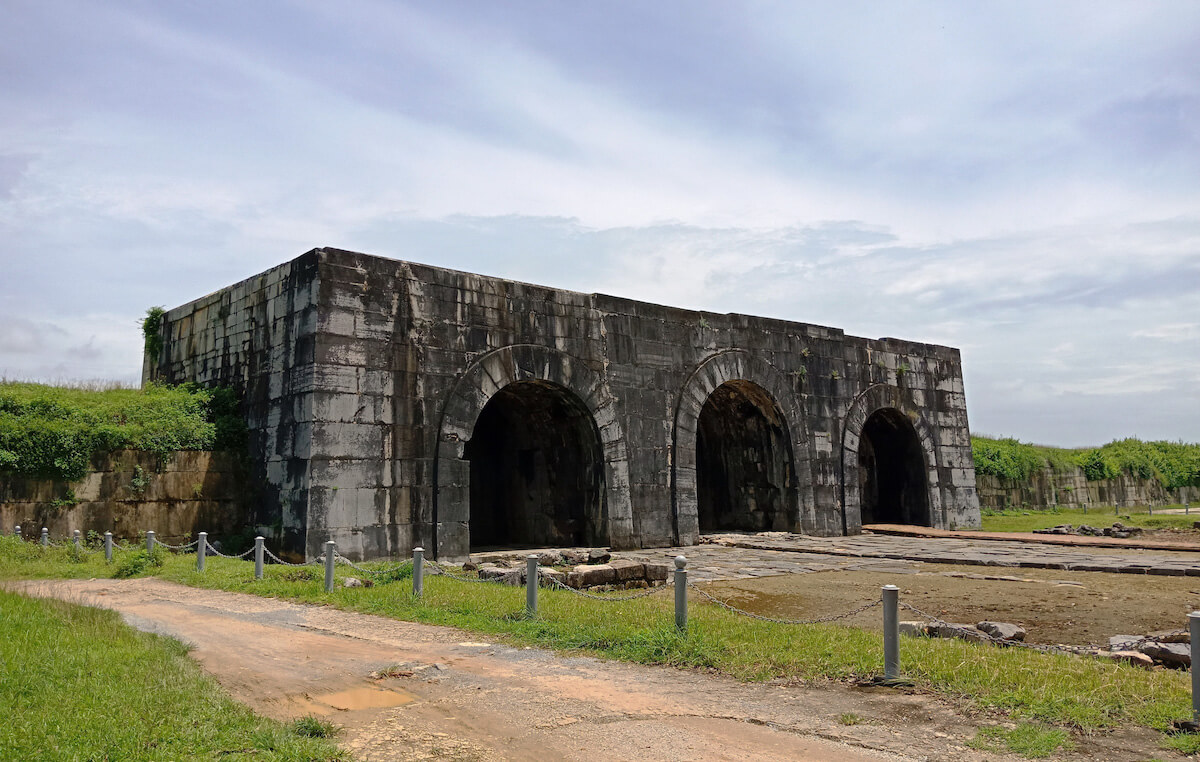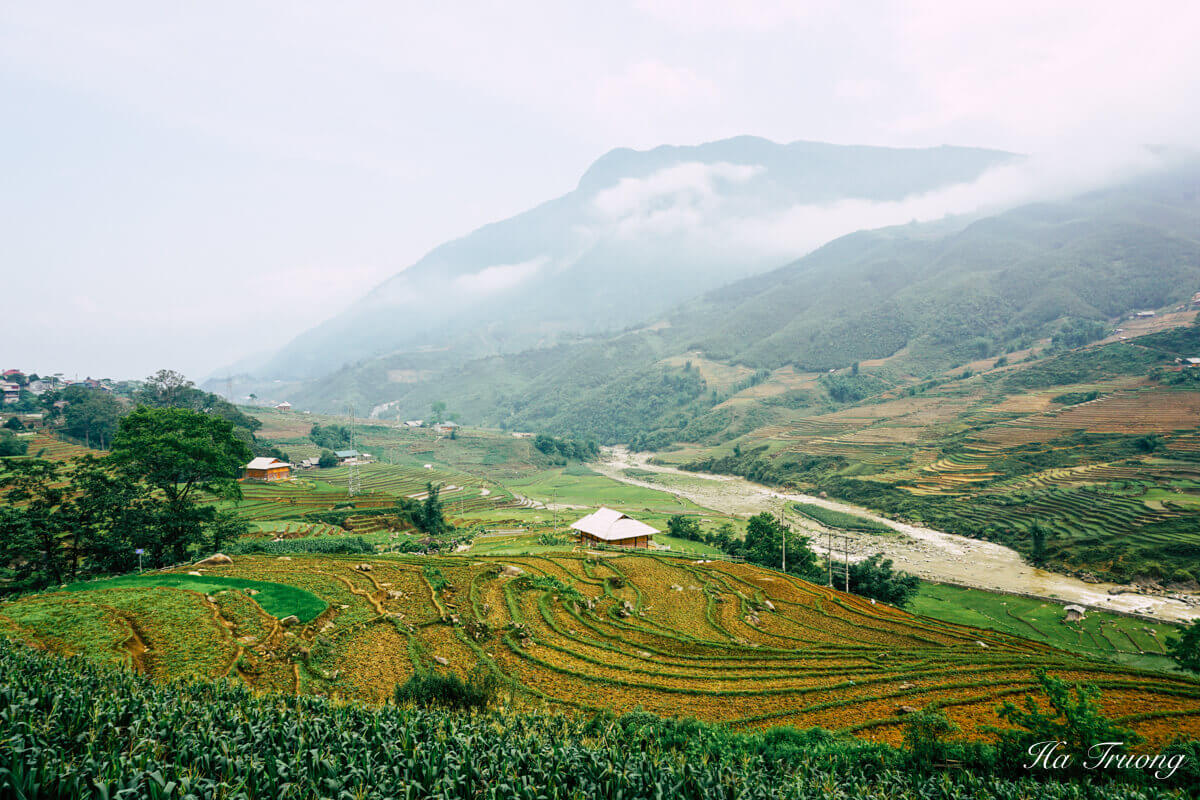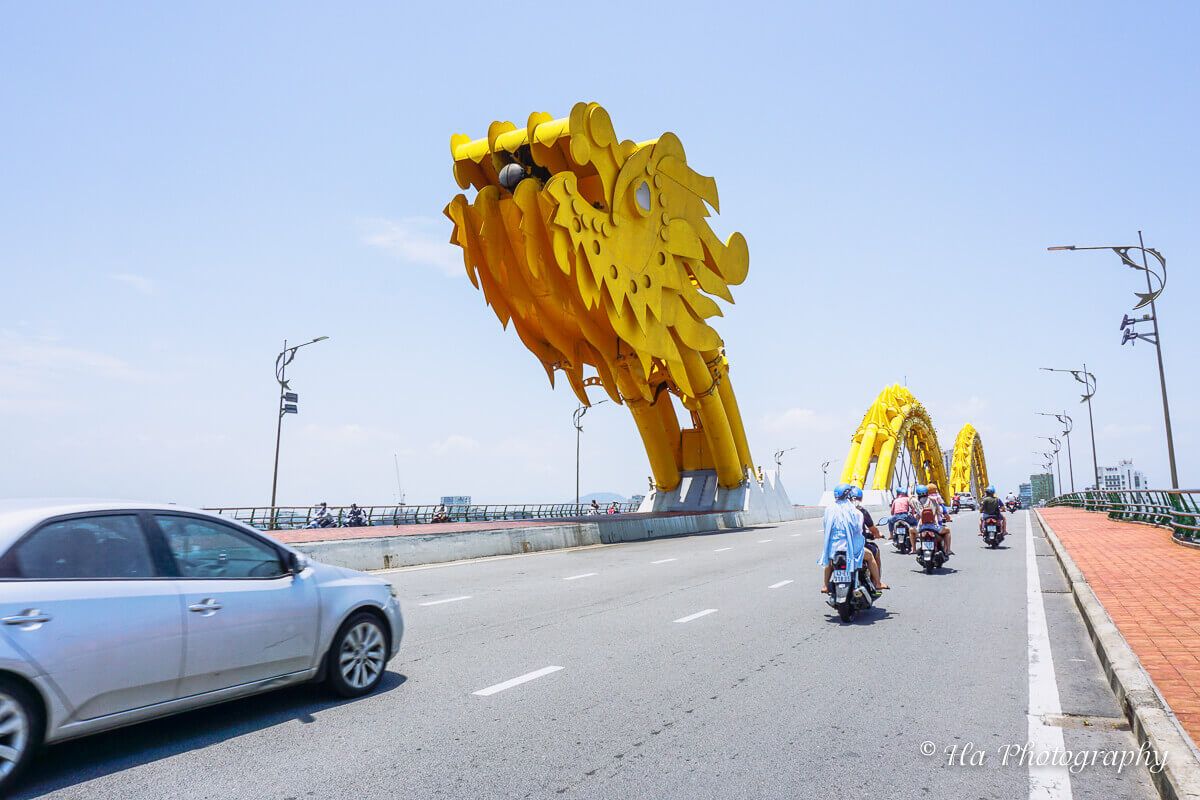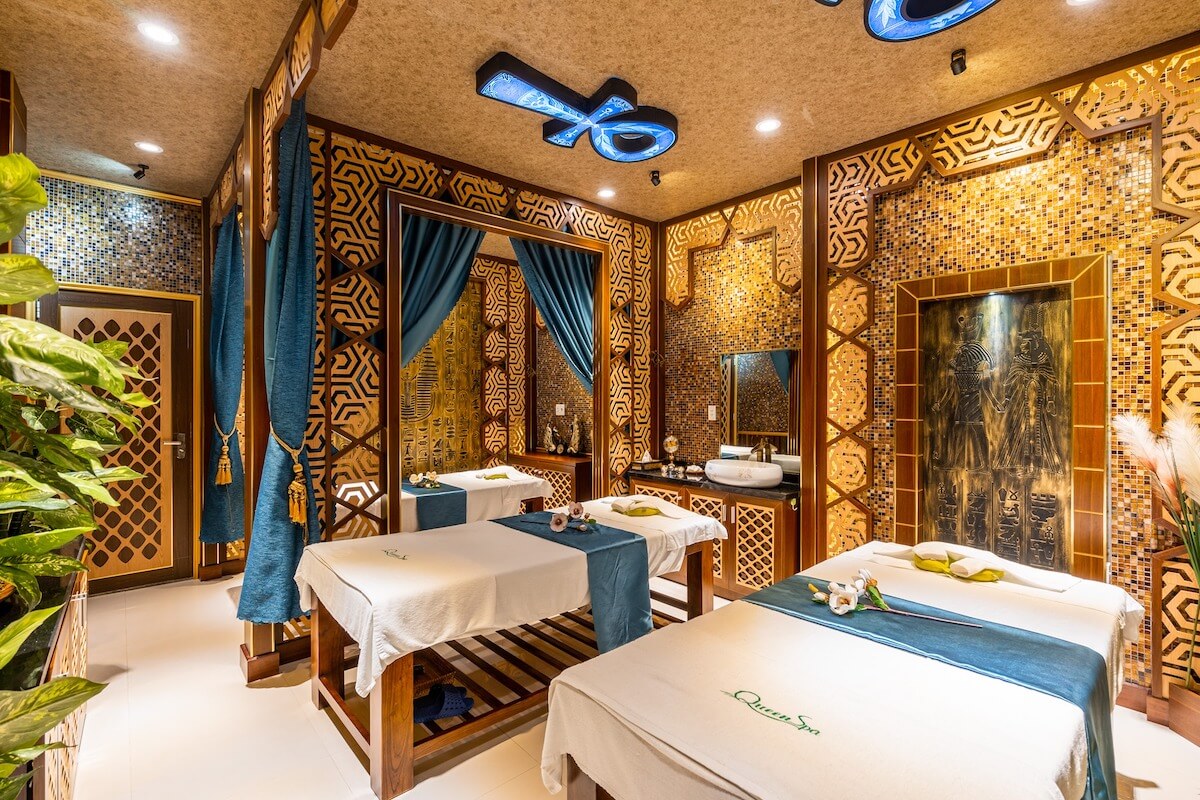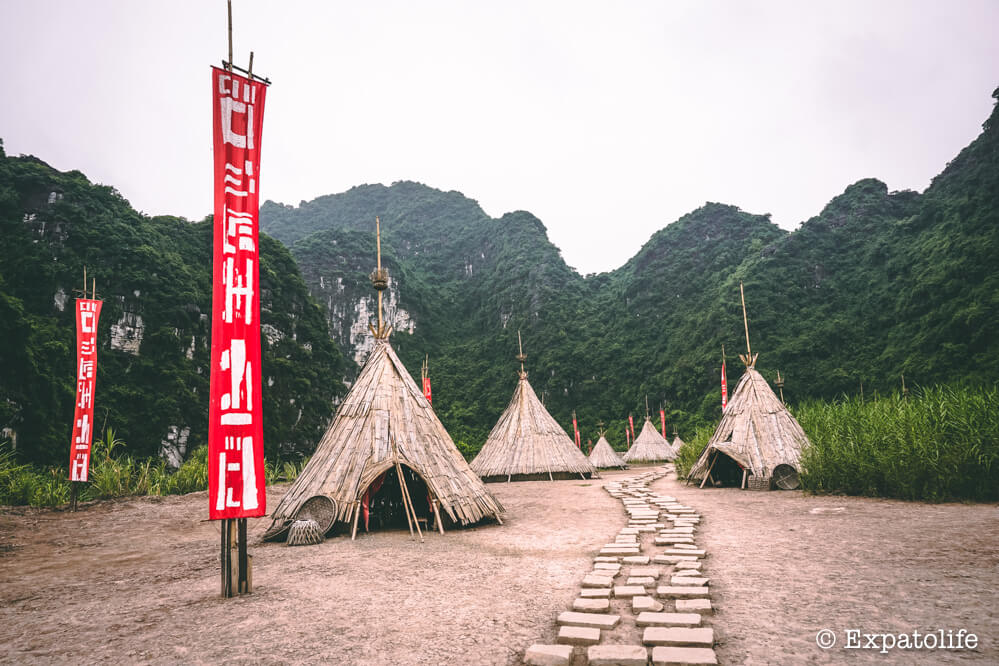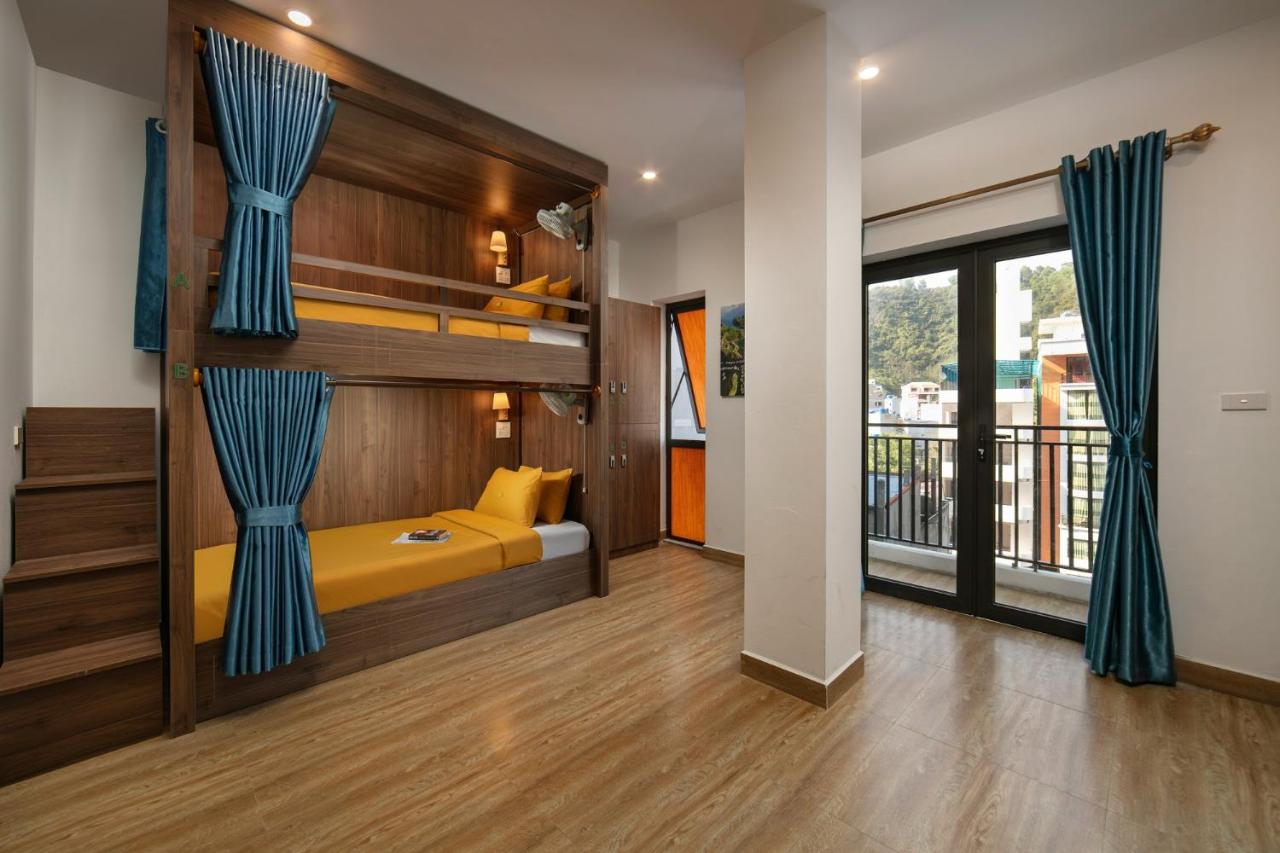8 Amazing UNESCO World Heritage Sites In Vietnam To Visit
Vietnam has a complex history, culture, and many beautiful landscapes. Specifically, many of Vietnam’s scenic landmarks have been recognized by UNESCO as world heritage sites.
How many UNESCO World Heritage Sites have you visited in Vietnam? Check out this list.
Ha Long Bay
Year recognized by UNESCO as a Natural Heritage: 1994 & 2000.
Ha Long Bay (Quang Ninh province) is a beautiful natural wonder in Northern Vietnam. The bay has more than 1,600 limestone islands and islets, covering an area of more than 1,500 square kilometers.
Ha Long Bay also witnesses changes in Earth’s development. The bay’s unique topography is closely related to climate history and the tectonic movement of the Earth’s crust over billions of years.
Ha Long Bay was recognized by UNESCO as a World Natural Heritage for the first time in 1994, thanks to its unique and important natural values.
In 2000, Ha Long Bay was honored to be recognized for the second time for its unique geological and geomorphological values.
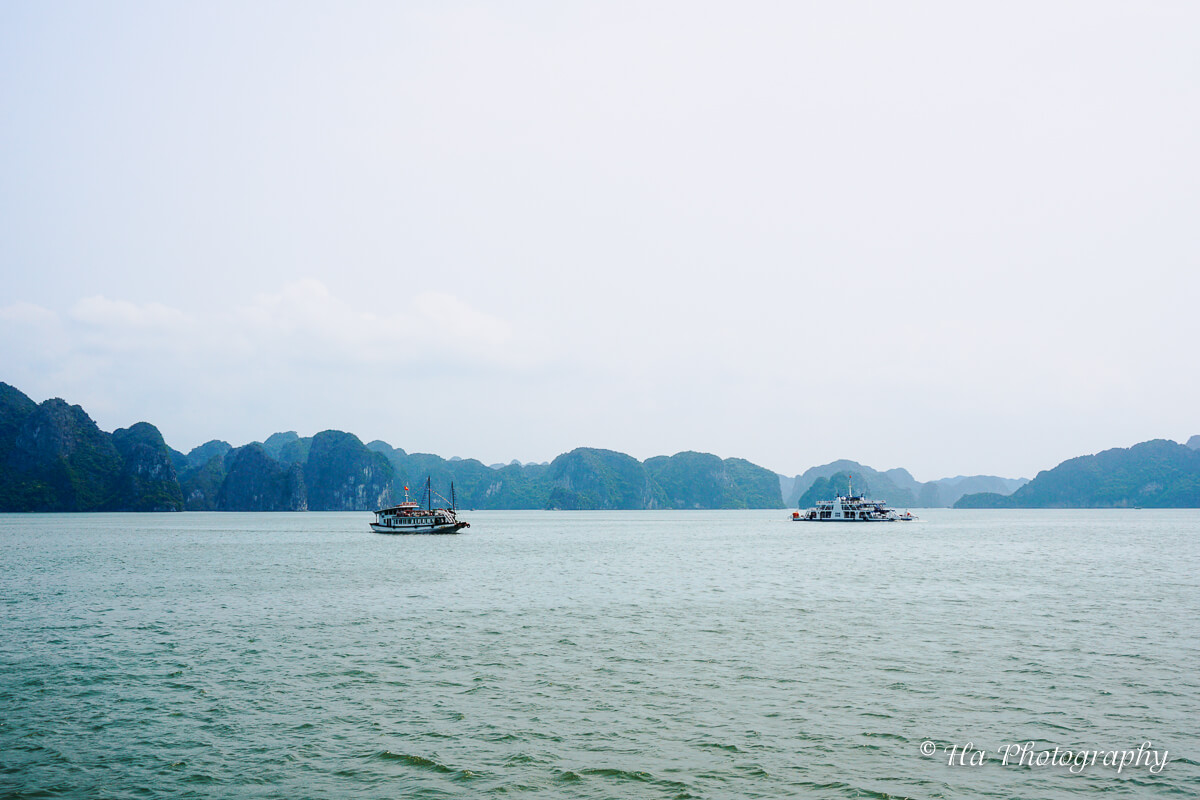
Ha Long Bay travel tips
The best way to explore Ha Long Bay is to take a cruise. On a wooden boat or luxury yacht, you can enjoy the charming natural scenery from the terrace and admire the sunrise and sunset.
In addition to starting a cruise in Ha Long, you can also visit Cat Ba island and take a cruise to both Lan Ha Bay and Ha Long Bay.
There are also plenty of places to visit in Cat Ba, such as Cat Ba national park, Hospital cave, Trung Trang cave, and Cannon Fort.
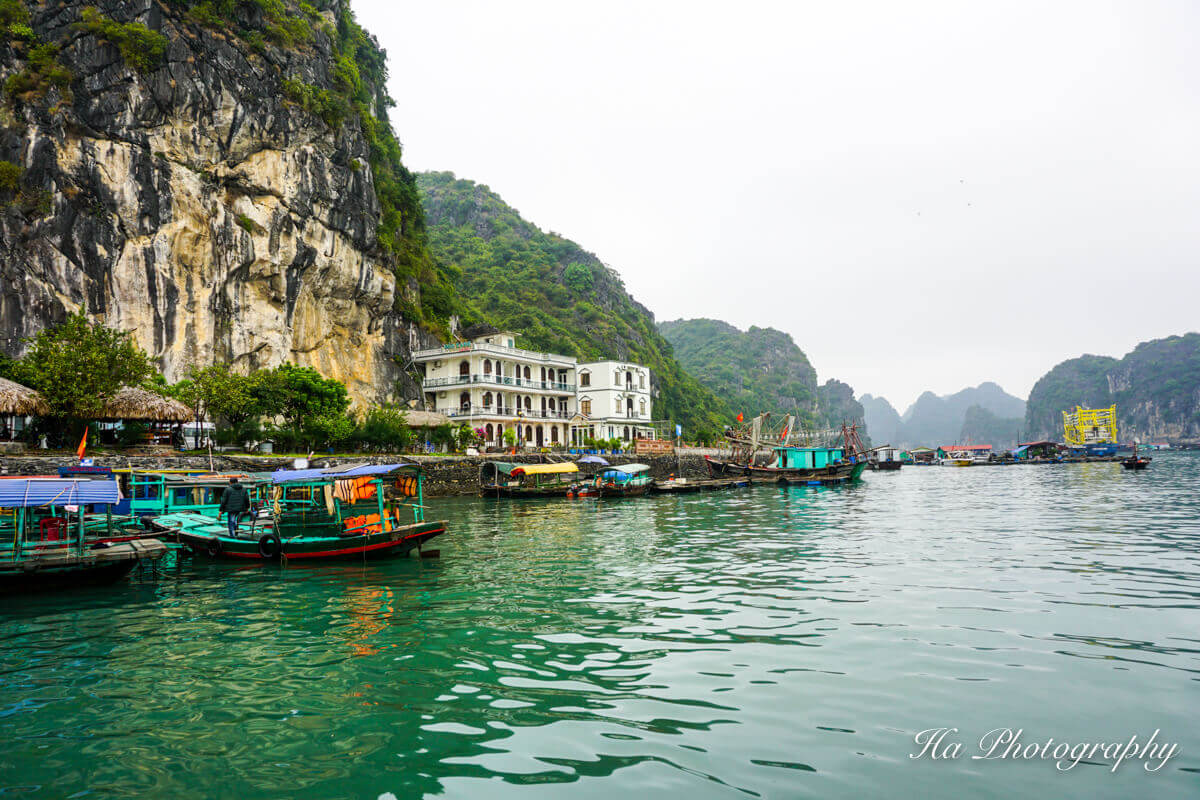
Phong Nha Ke Bang
Year recognized by UNESCO as a Natural Heritage: 2003 & 2015.
Phong Nha Ke Bang National Park (Quang Binh province) covers an area of 126,236 hectares, including limestone plateaus and tropical forests.
The national park has a rich ecosystem and geographical diversity, with more than 300 caves and underground rivers. The most famous caves are Son Doong cave, Paradise cave, Dark cave, and Phong Nha cave.
Also, hundreds of rare and precious species of flora and fauna can be found in the park. Many of them are listed in the Red Book of Vietnam and the world.
Besides, Phong Nha Ke Bang is also home to many important historical and cultural relics.
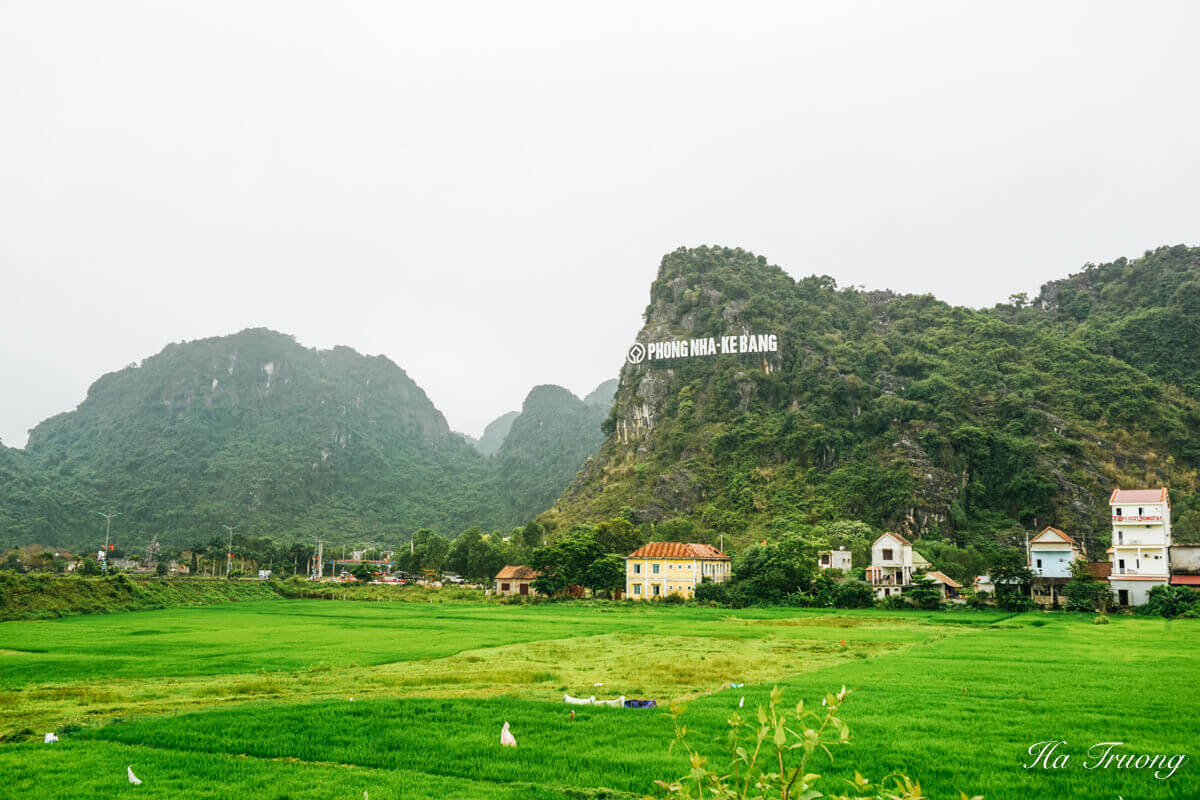
Phong Nha travel tips
Phong Nha national park is about 500 km from Hanoi, and you can take a flight, bus, or train to get there. I suggest spending at least a few days in the area as there are many things to see and do.
It’s best to stay in Phong Nha town so you can get to the attractions quickly. Please check my detailed Phong Nha travel guide for more tips.
Trang An Landscape complex
Year recognized by UNESCO as World Cultural and Natural Heritage: 2014
Located about 90 km southeast of Hanoi, Trang An Scenic Landscape Complex (Ninh Binh province) has a cluster of scenic sites recognized by UNESCO as World Cultural and Natural Heritage.
The complex has a spectacular limestone karst landscape, rich fauna and flora system, and a primeval forest. The area also has archaeological traces of human activity over a continuous period of more than 30,000 years.
You can visit Trang An eco-tourism area, Hoa Lu Ancient Capital (10th and 11th centuries AD), Tam Coc – Bich Dong. Forest ecosystems link them with limestone mountains, wetlands, rivers, lakes, and lagoons.
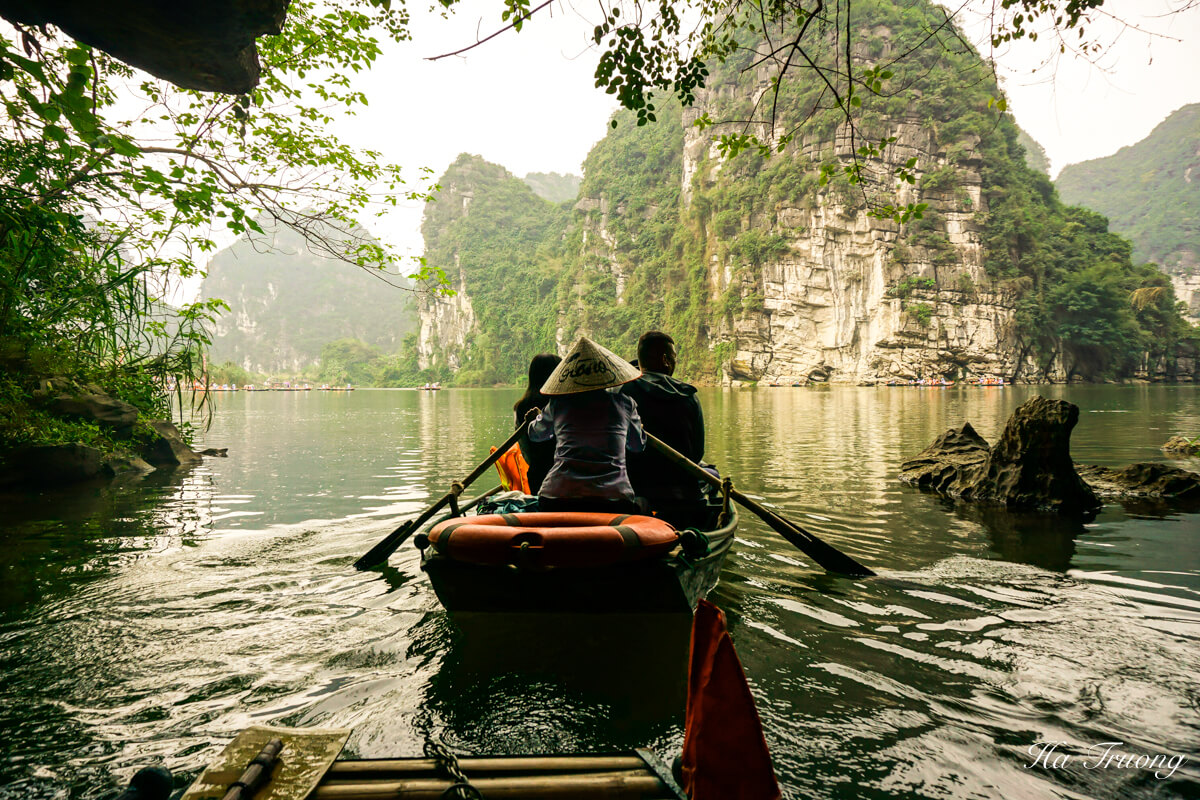
Hoi An ancient town
Year recognized by UNESCO as a Cultural Heritage: 1999
Hoi An ancient town (Quang Nam province) is located downstream of Thu Bon River, 30km southeast of Da Nang City. It represents a trading port of Southeast Asia from the 15th to the 19th century.
Hoi An trading port was formed in the 15th-16th century and prospered in the 17th-18th century. It was also an important port of Champa (from the 2nd to the 15th century).
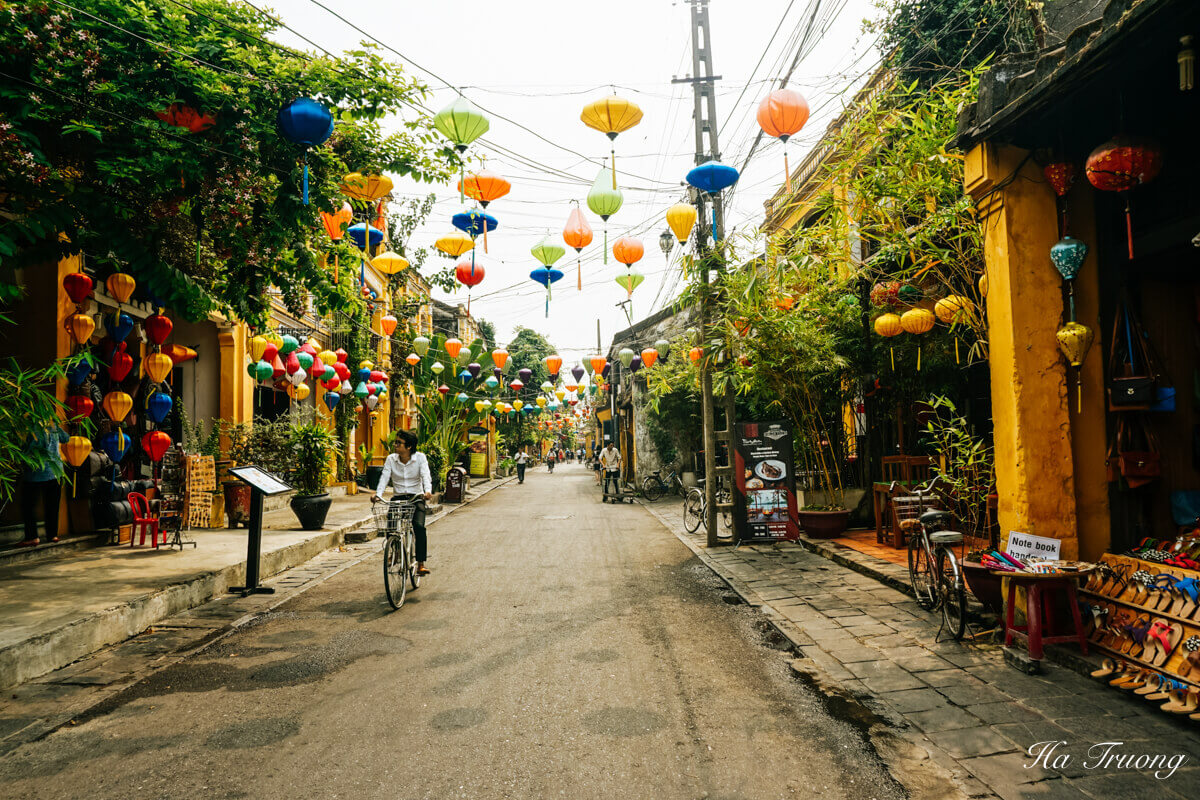
The town still preserves its original state with a complex of ancient architectural relics, including many houses, assembly halls, communal houses, pagodas, shrines, wells and bridges, clan churches, harbors, and markets.
In addition to the ancient architecture, Hoi An also preserves many intangible cultural activities with cultural festivals, traditional craft villages, and traditional cuisine.
My Son sanctuary
Year recognized by UNESCO as a Cultural Heritage: 1999
My Son Sanctuary (Quang Nam province) is an excellent example of the cultural exchange of Hindu architectural art and the local culture.
This Heritage vividly reflects Champa’s cultural history development in Southeast Asia.
My Son consists of about 70 ruined and abandoned Hindu temples and mausoleums built by the Champa kings between the 4th and 13th centuries.
The temples here used to be a place for the Champa royal family to remember their ancestors and worship their gods. Combined with the unspoiled nature here, My Son creates a beautiful setting for those visiting the Holy Land.
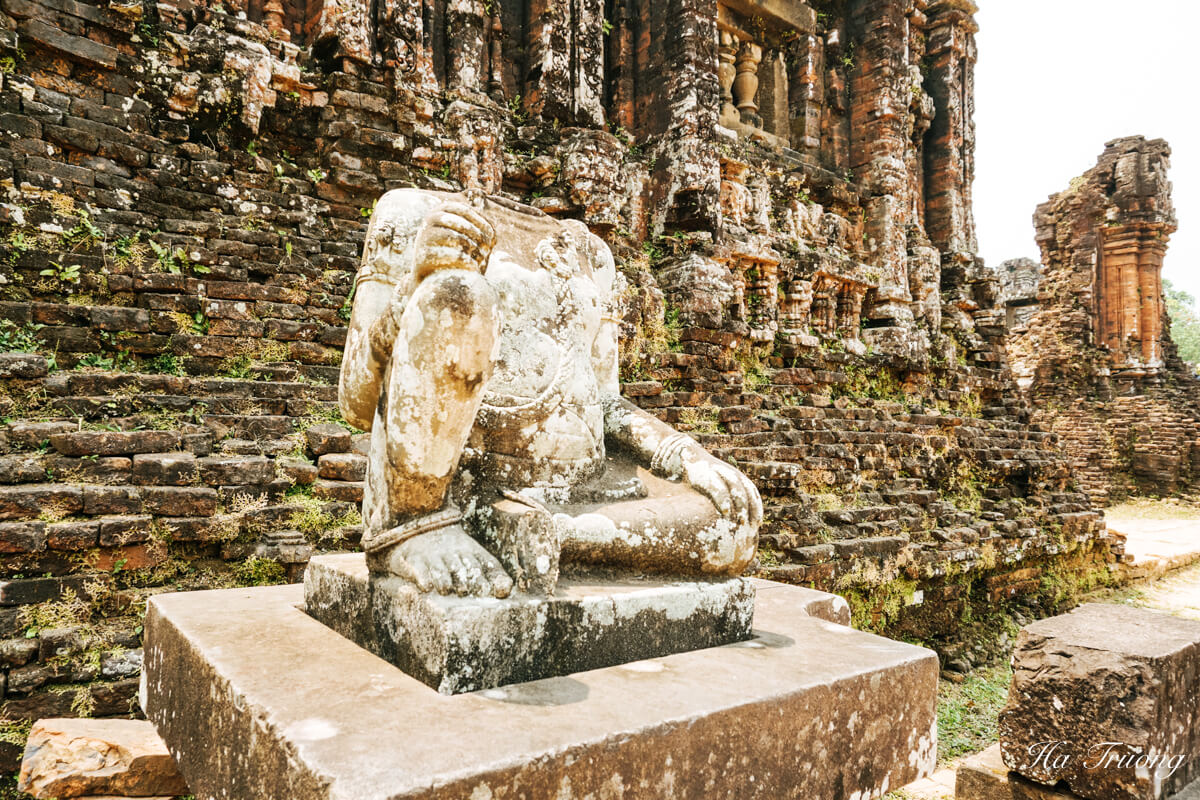
The complex of Hué Monuments
Year recognized by UNESCO as a Cultural Heritage: 1993
The Hue Monuments Area (Thua Thien Hue Province) is outstanding evidence of the power of Vietnamese feudal dynasties.
For nearly 400 years (1558-1945), Hue was the capital of Vietnam under the 13 Nguyen dynasties.
Here, you can visit remarkable landmarks such as Hue Imperial City, splendid temples and shrines, and majestic mausoleums, including Minh Mang tomb and Khai Dinh tomb.
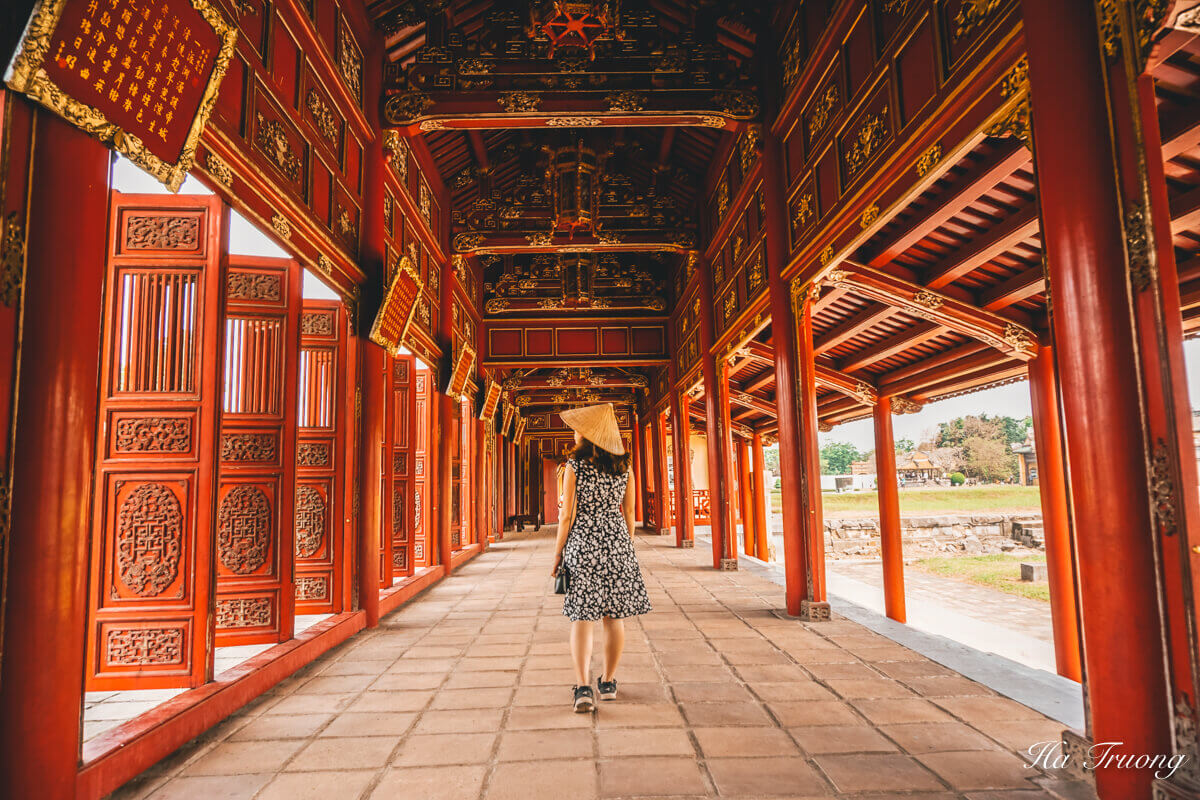
Imperial Citadel of Thang Long – Hanoi
Year recognized by UNESCO as a Cultural Heritage: 2010
The Imperial Citadel of Thang Long is a complex of relics associated with the history of Hanoi.
It was built in the 11th century by the Ly Dynasty, marking the independence of the Dai Viet. The citadel was also a center of politics and power of Dai Viet for 13 centuries without interruption.
It represents the long-standing cultural tradition of the Vietnamese people established in the Red River Delta.
The Citadel of the Ho Dynasty
Year recognized by UNESCO as a Cultural Heritage: 2011
The Citadel of the Ho Dynasty (1398 to 1407) in Thanh Hoa province is the only surviving stone citadel in Southeast Asia.
The Ho fortress was built in 1397 with unique architecture.
Four sides of the citadel are surrounded by stone walls with a total volume of about 20,000m3 of stone and nearly 100,000m3 of excavated soil.
Some of these stone blocks weigh more than 20 tons, enough to withstand even the strongest attacks at that time.
In addition, archaeologists have found cannon stones inside the fortress, one of the oldest cannons in Asia.
